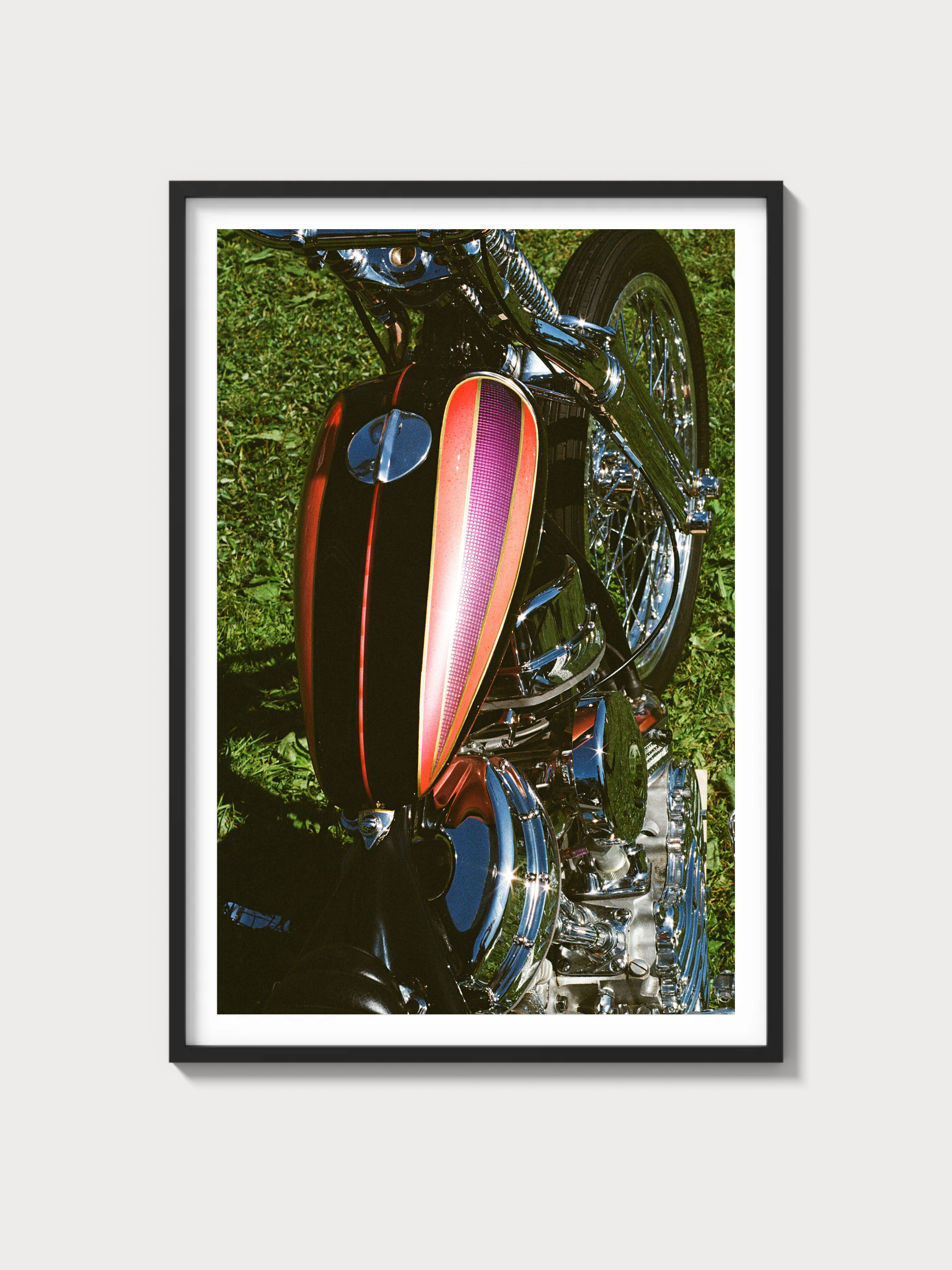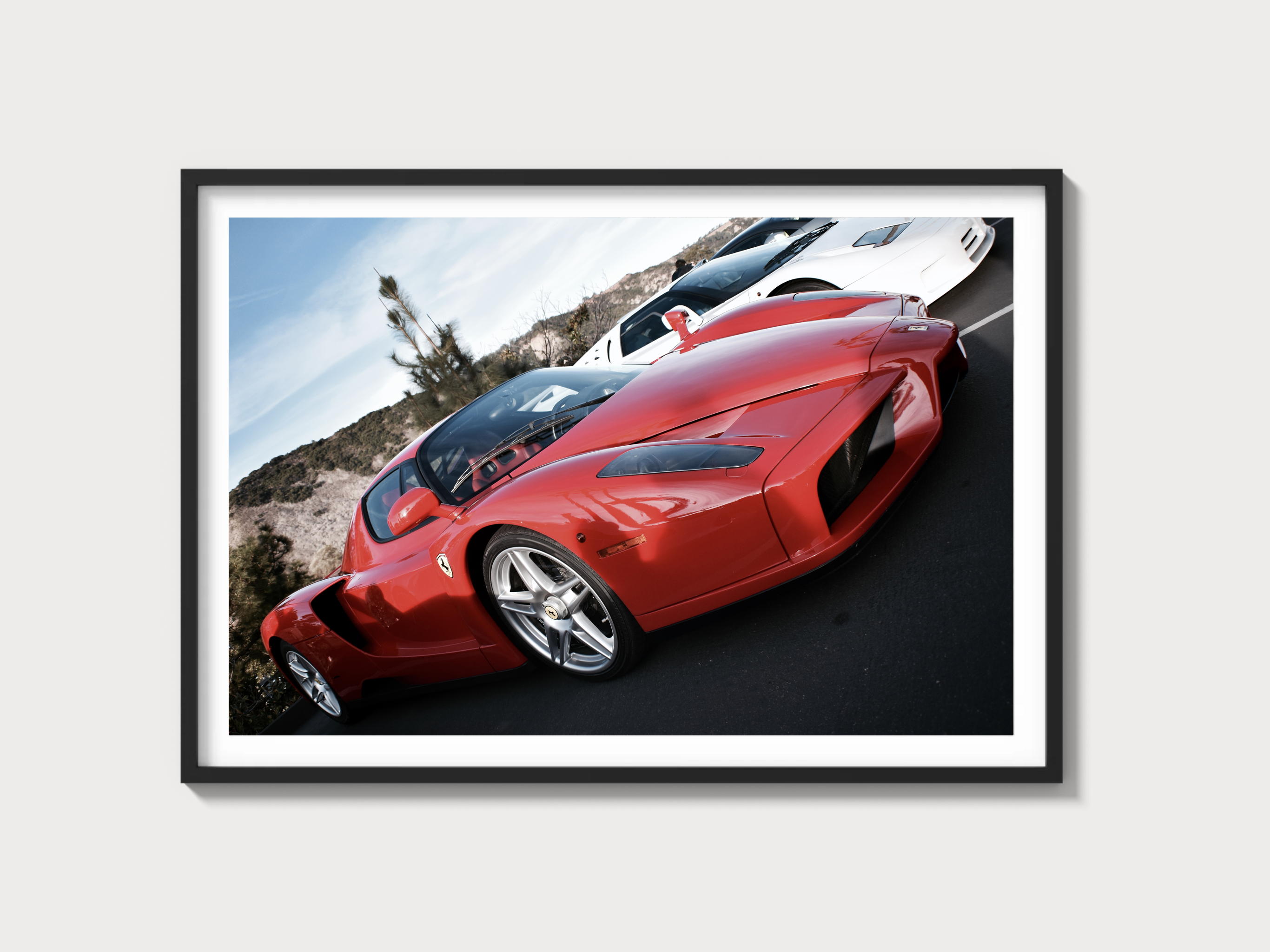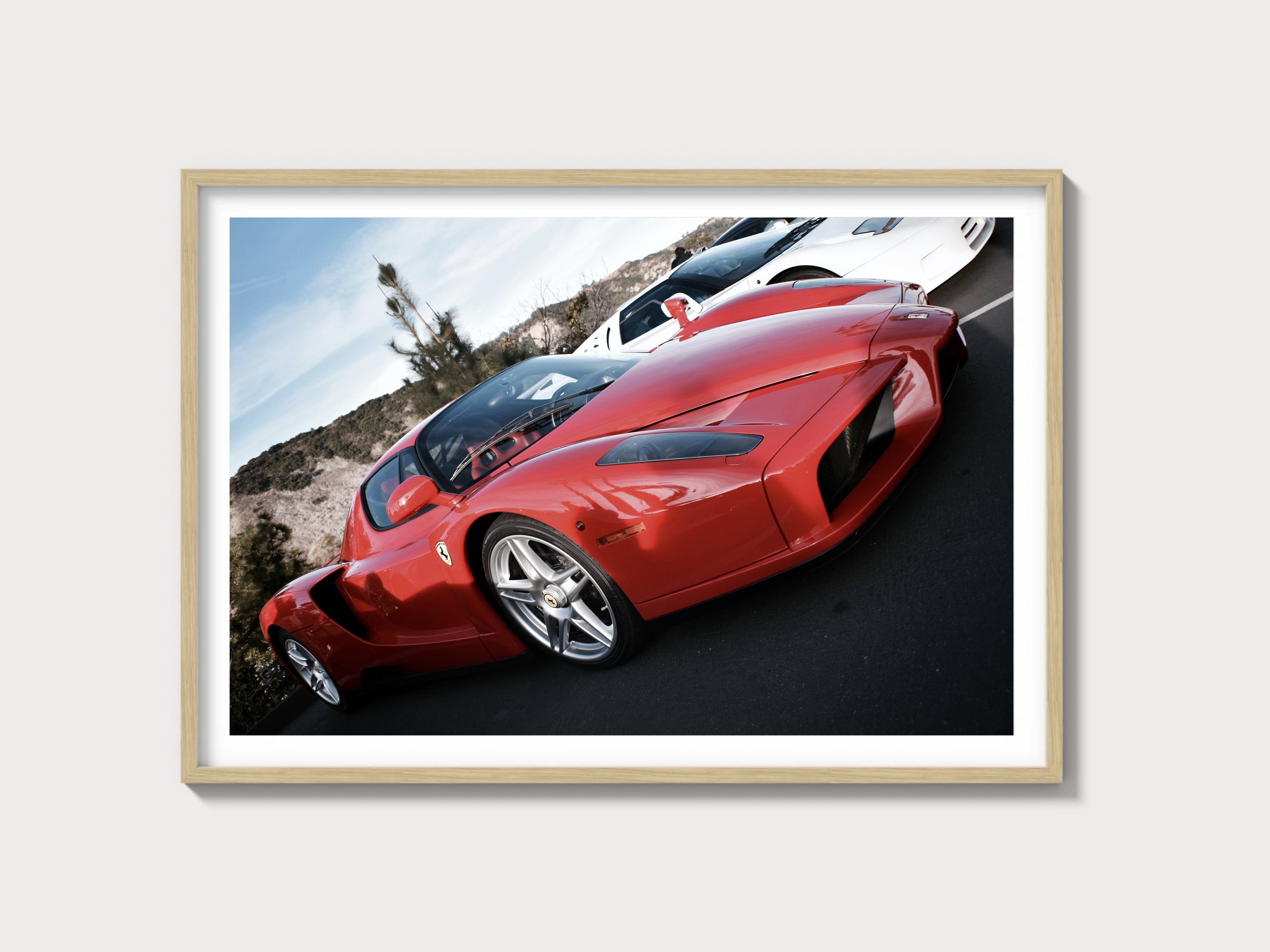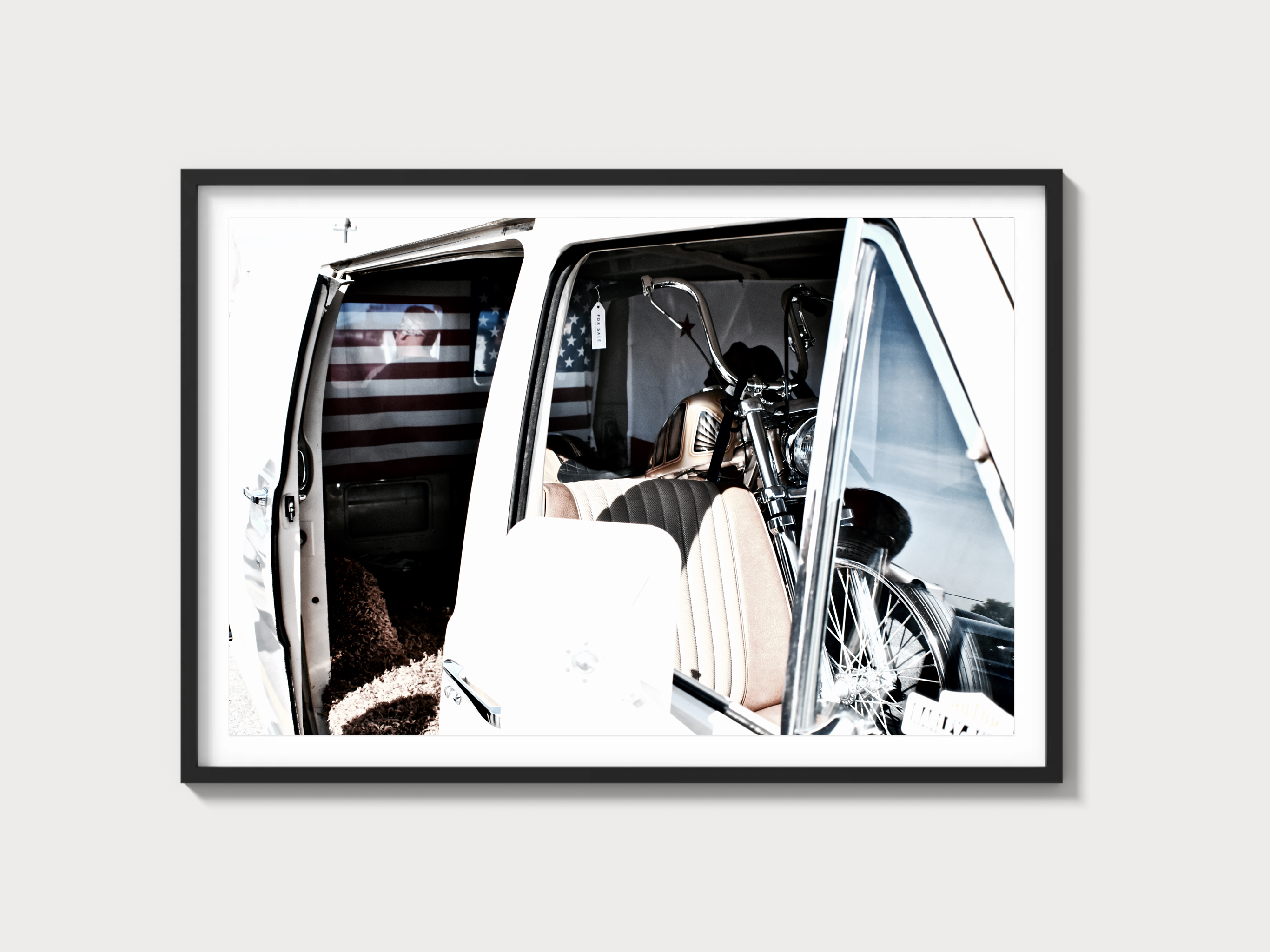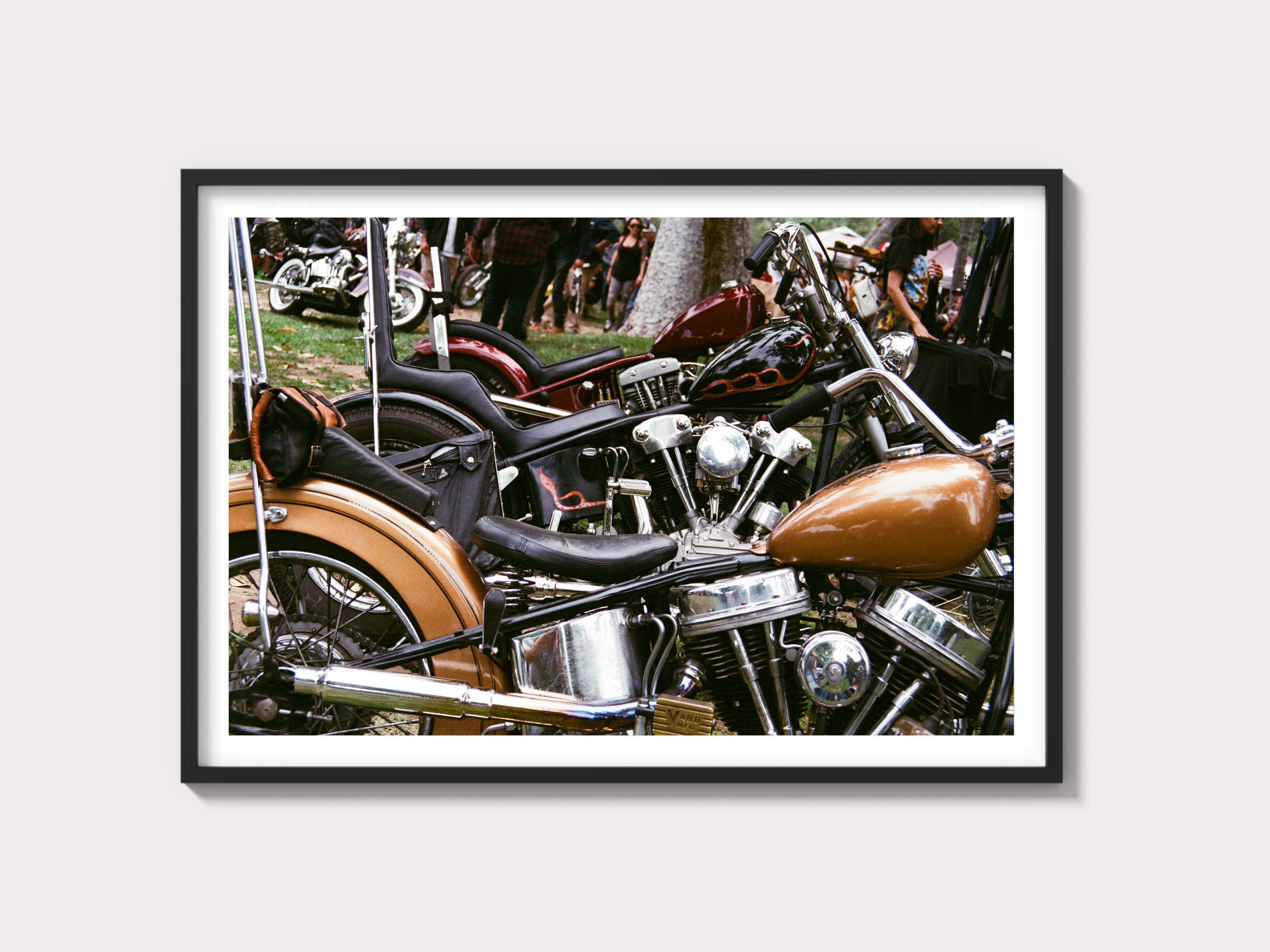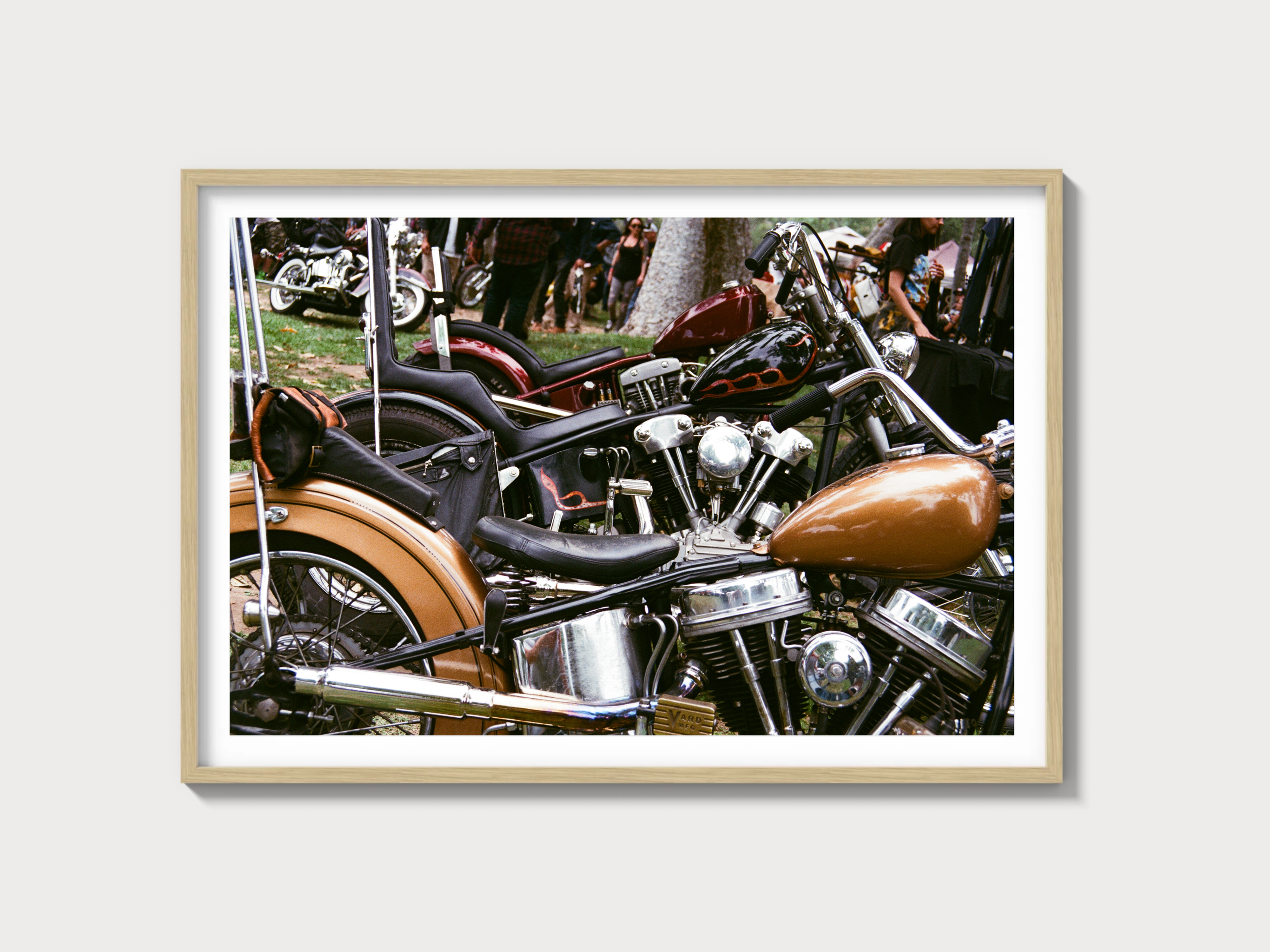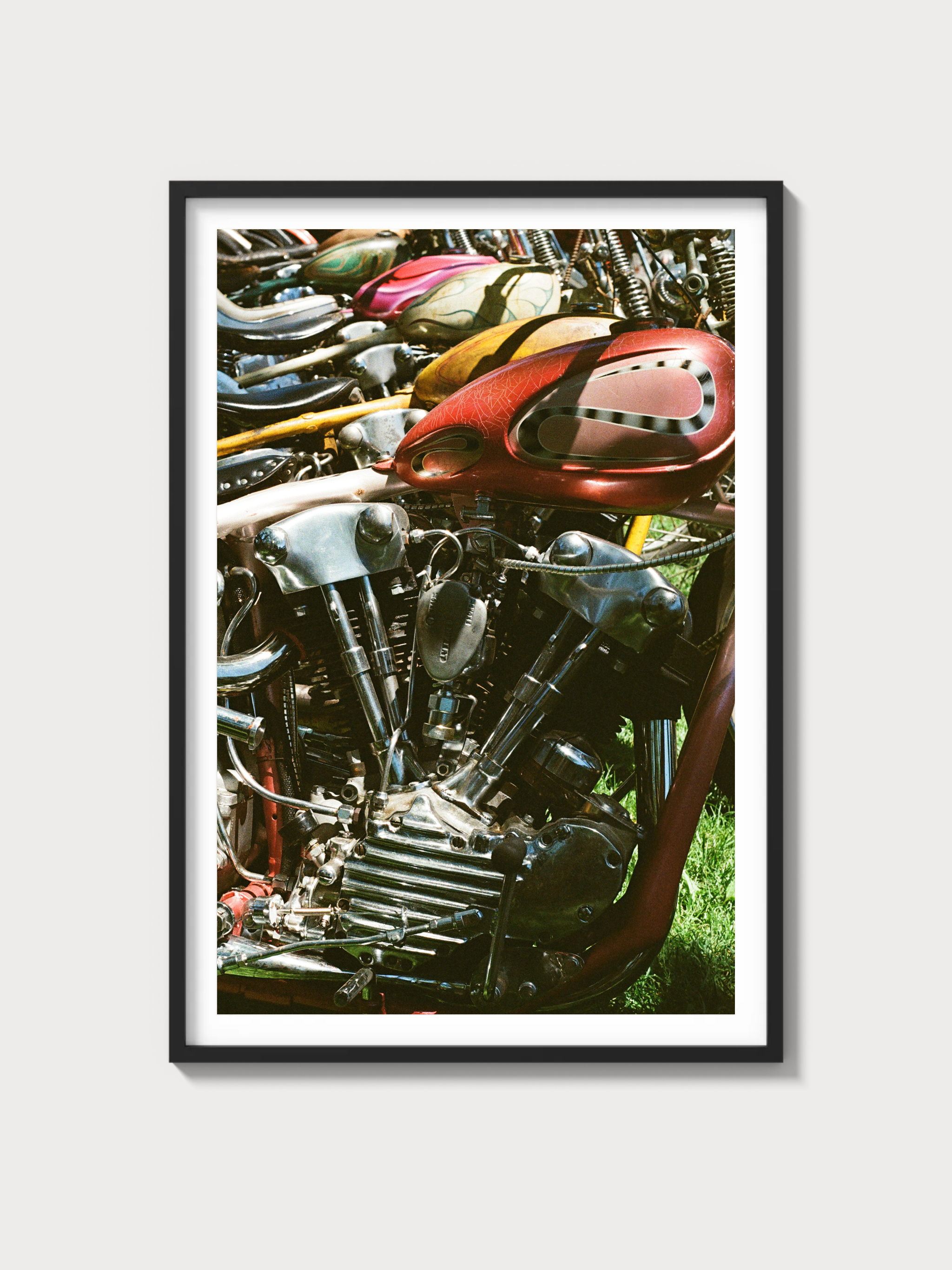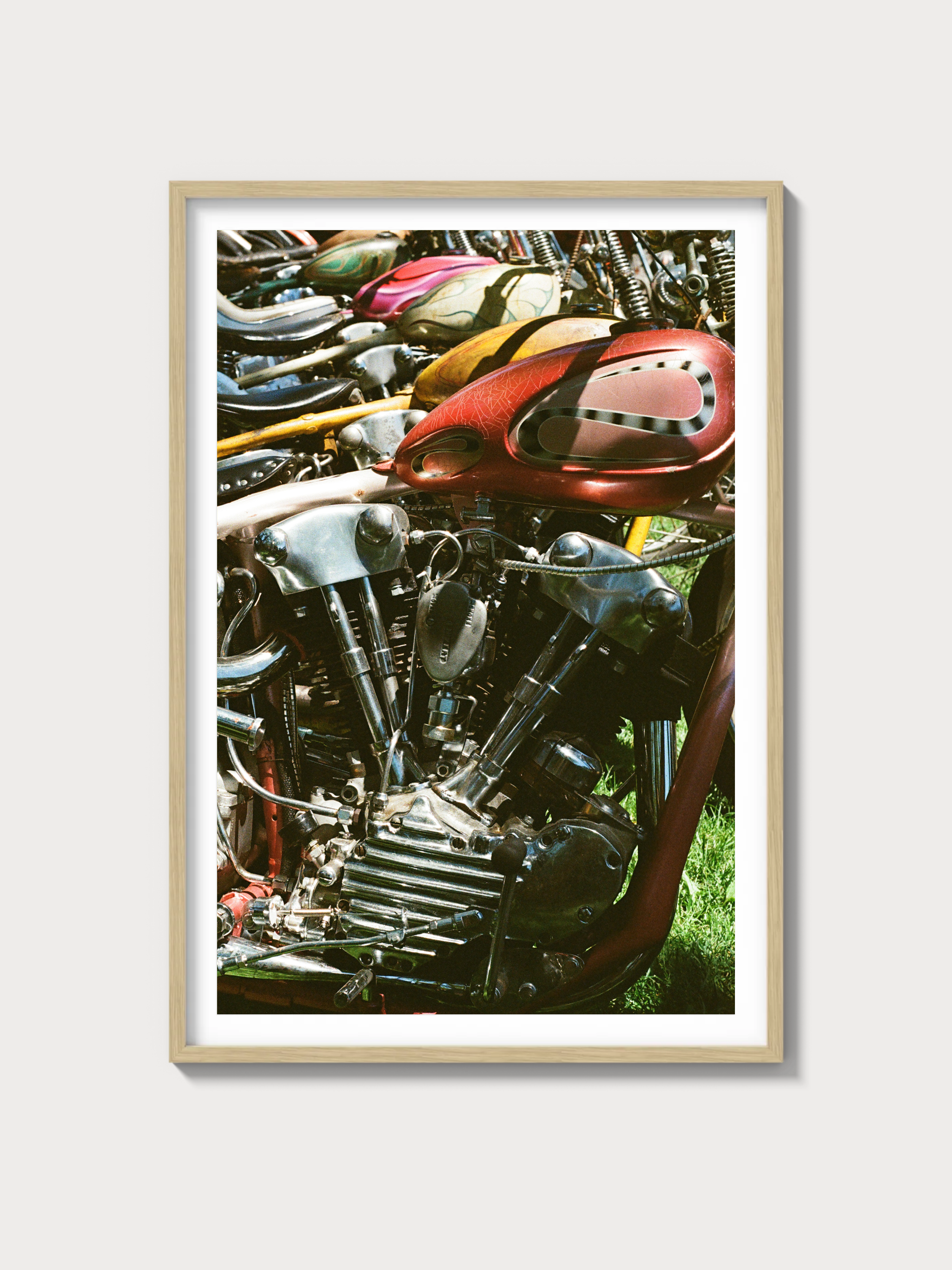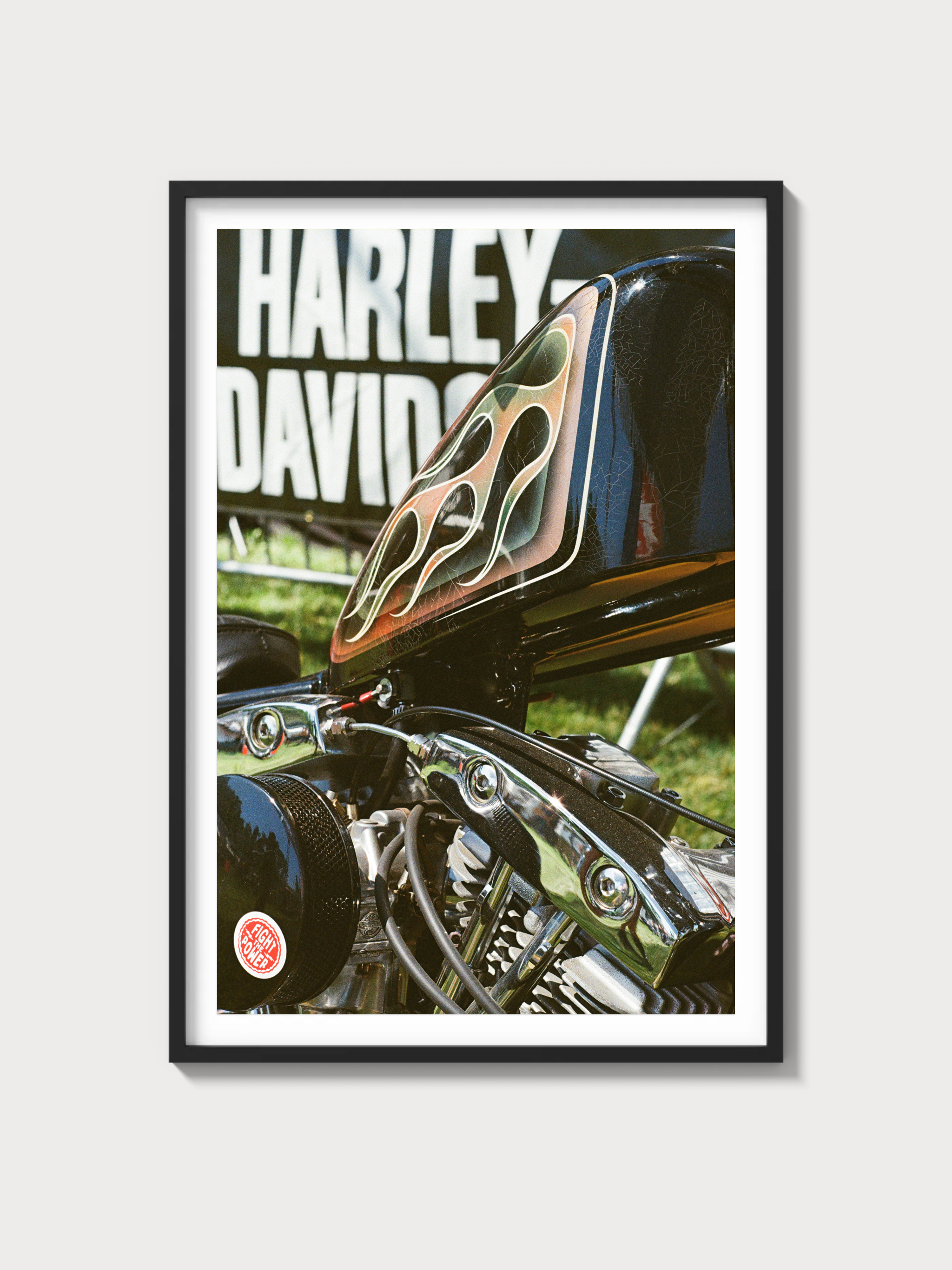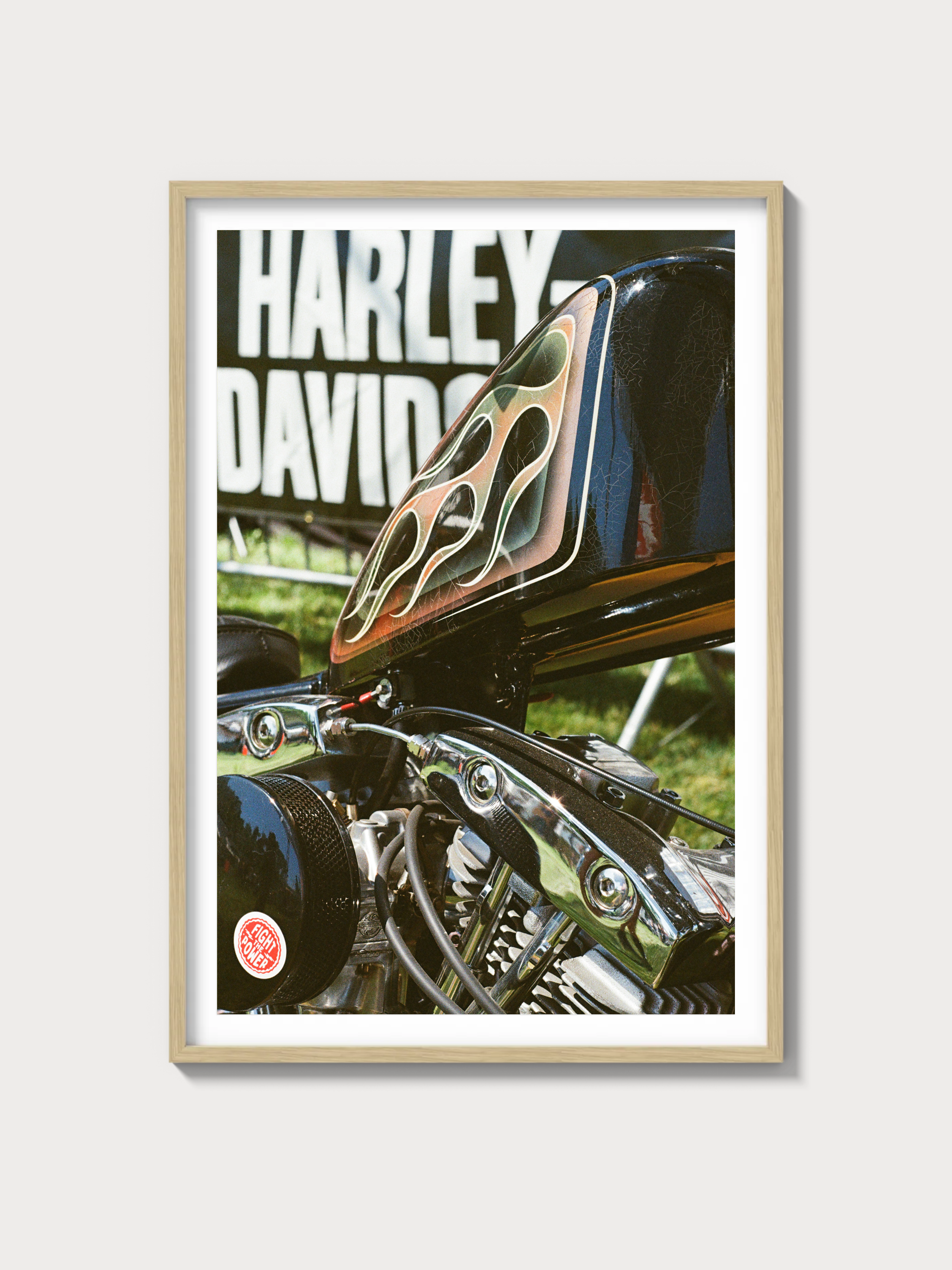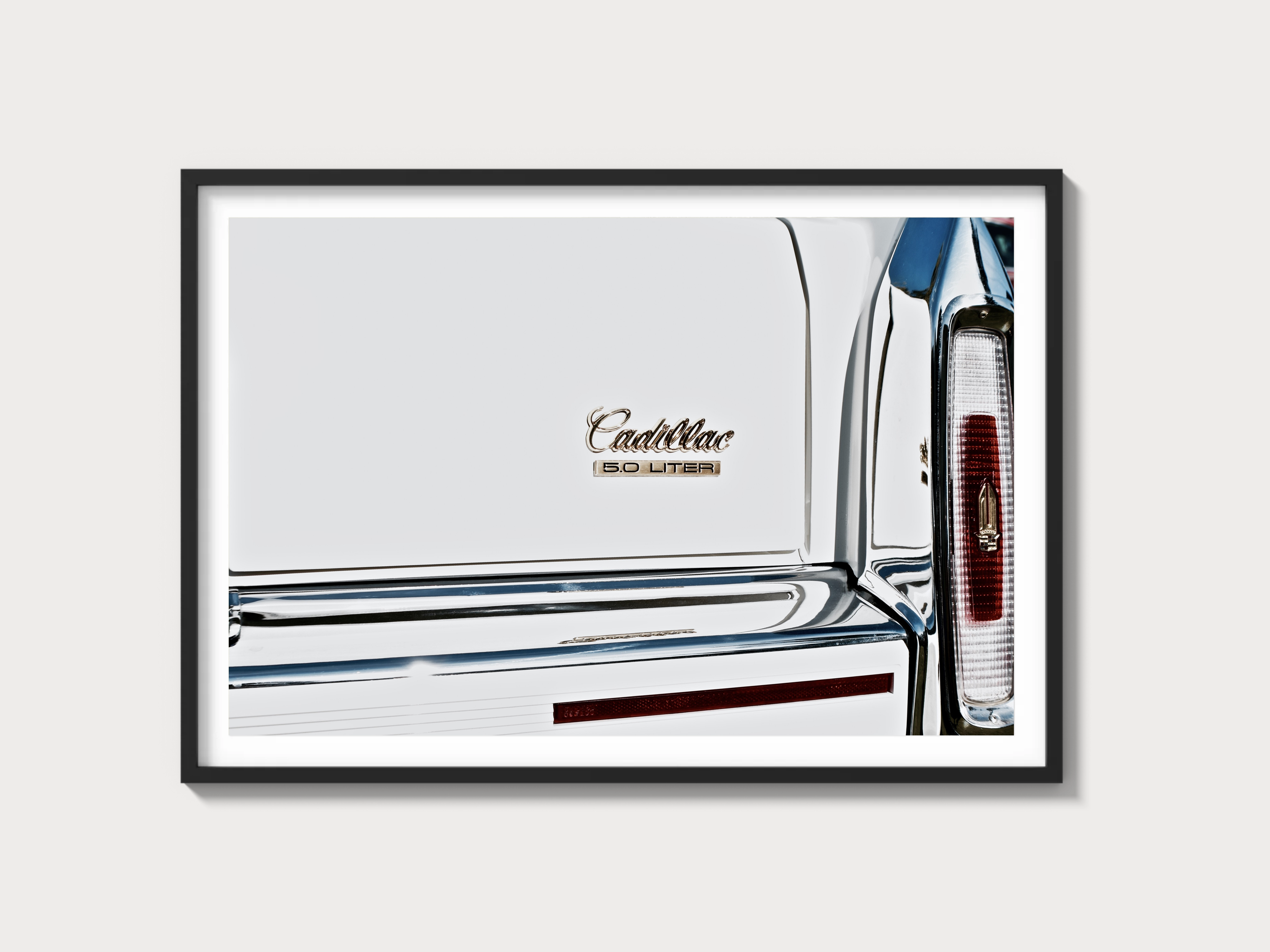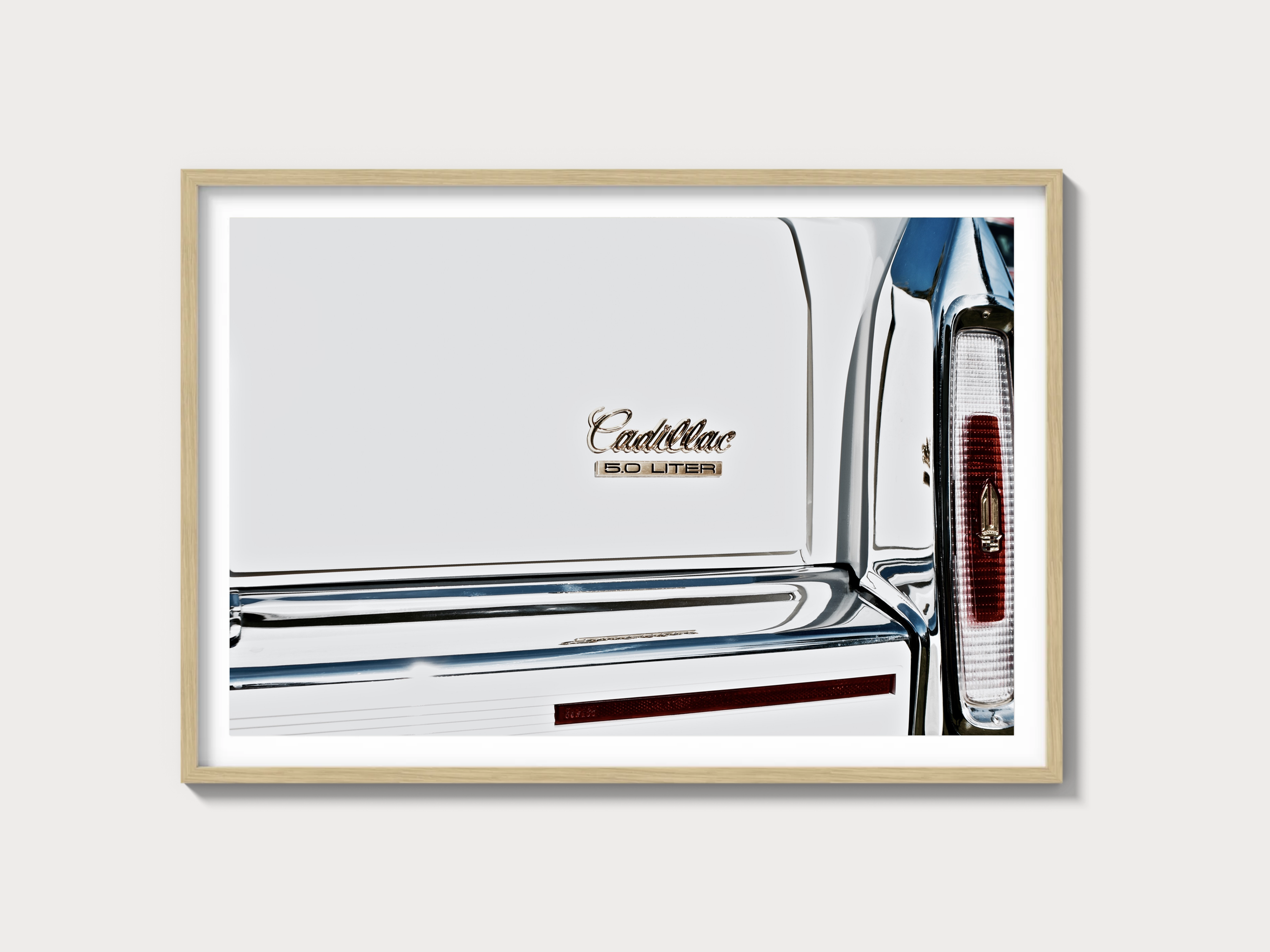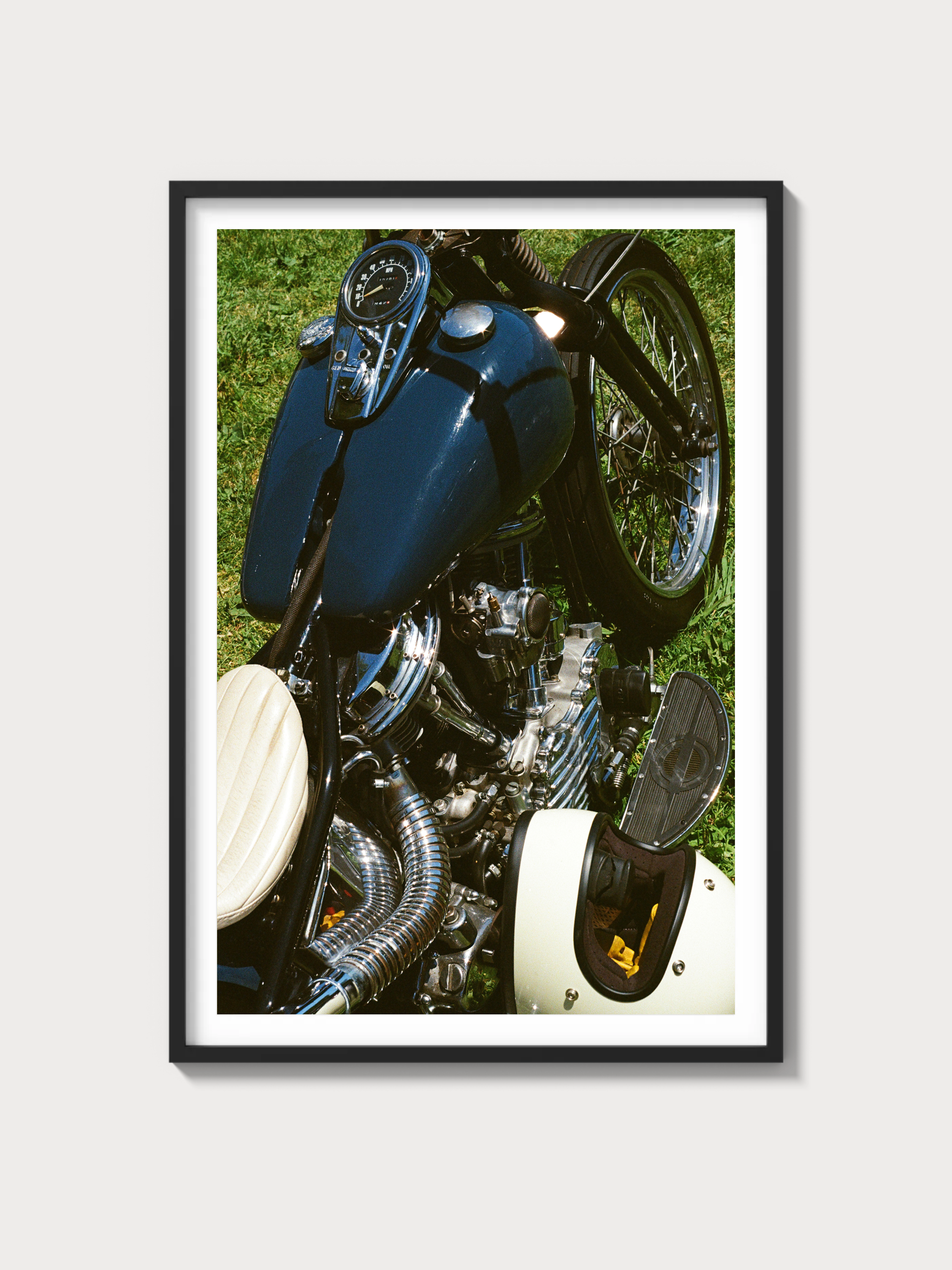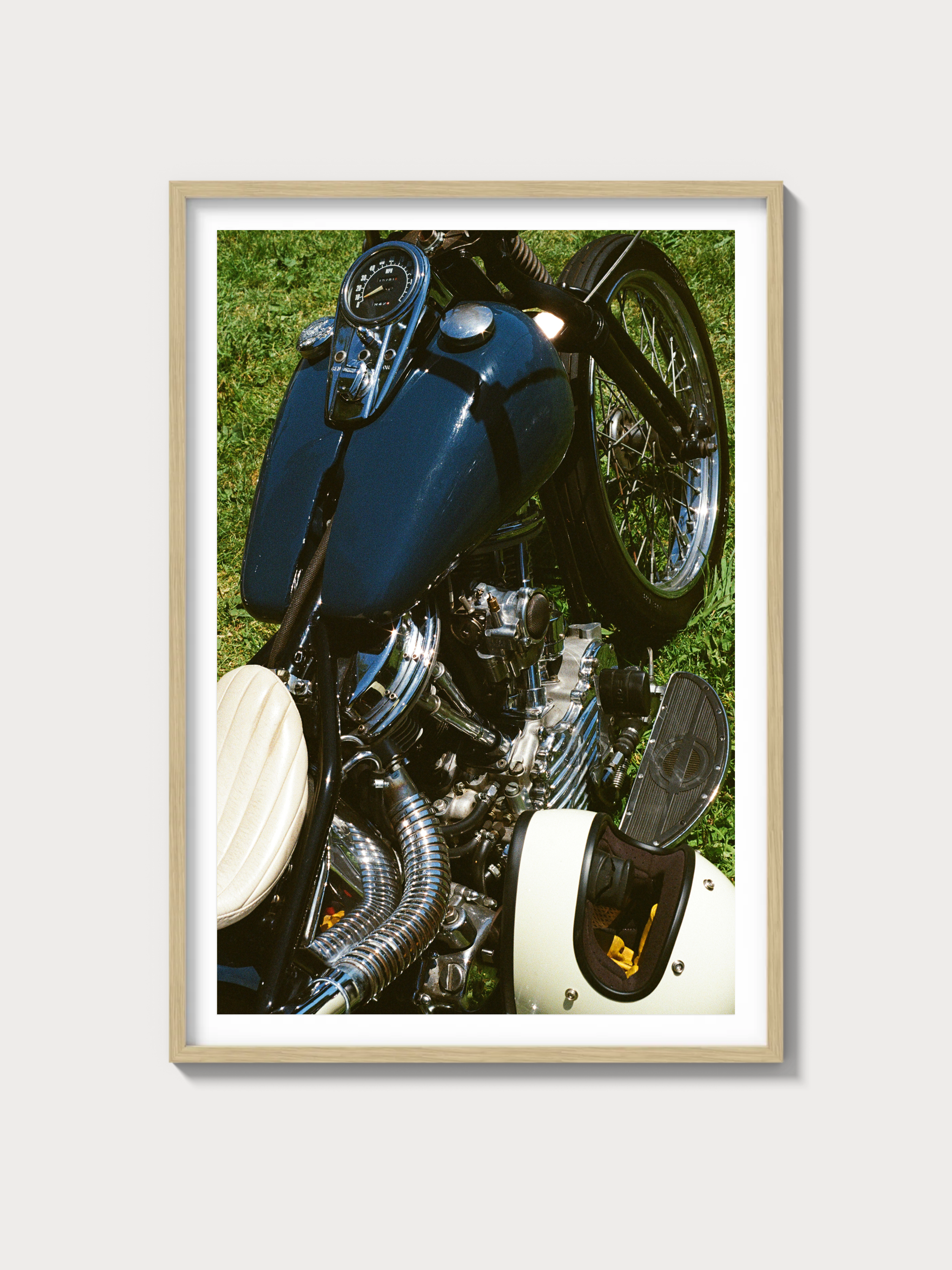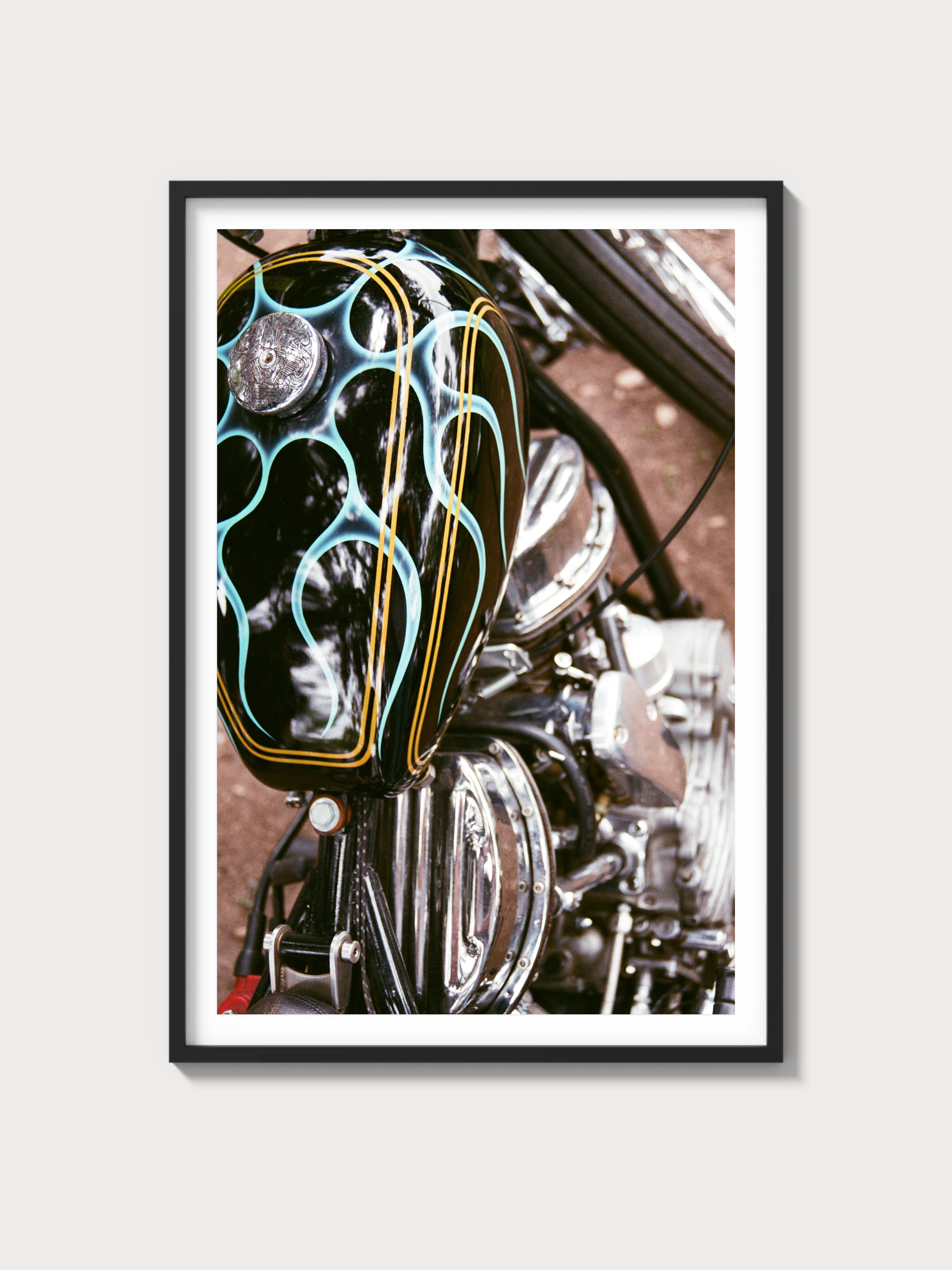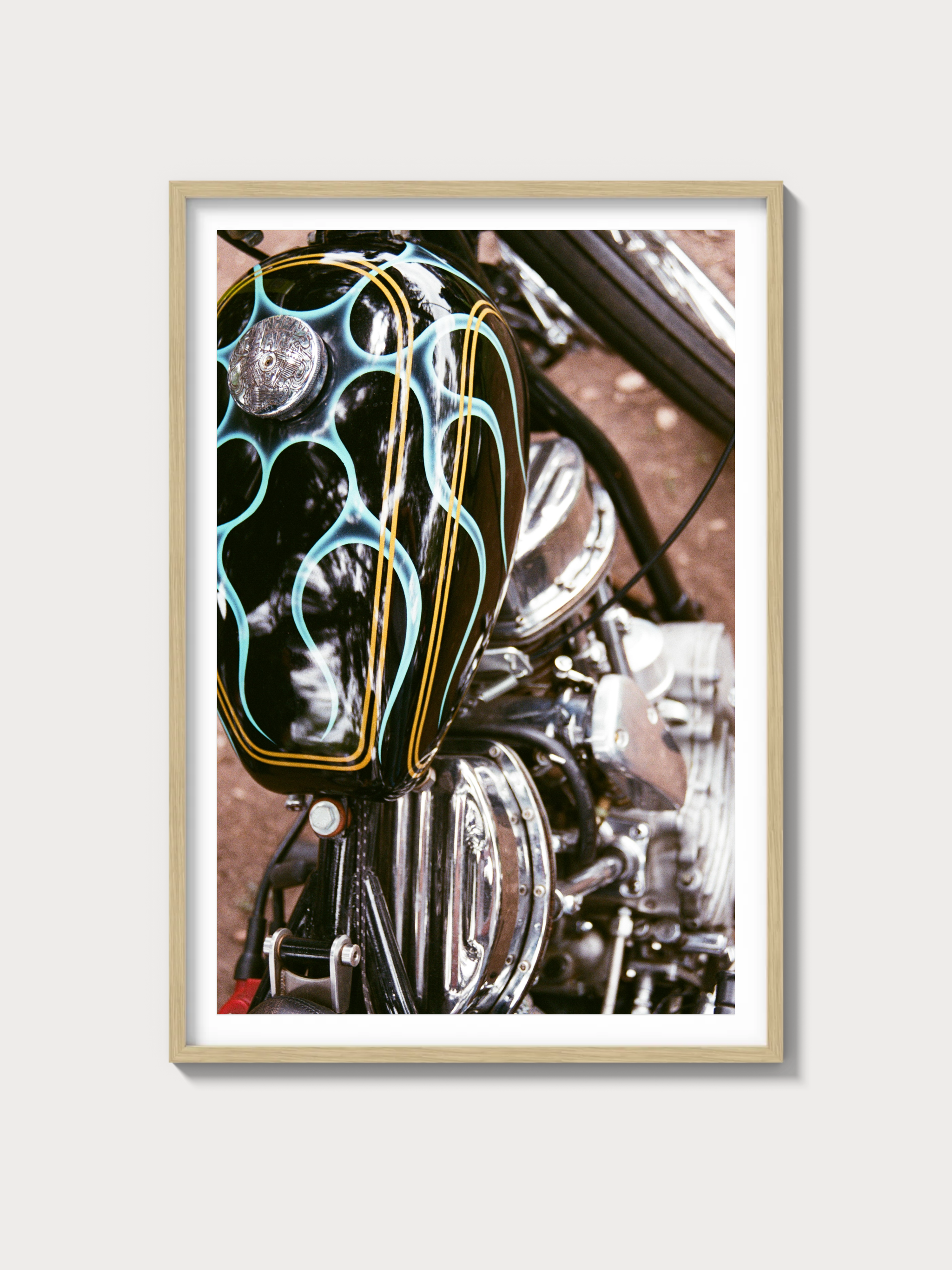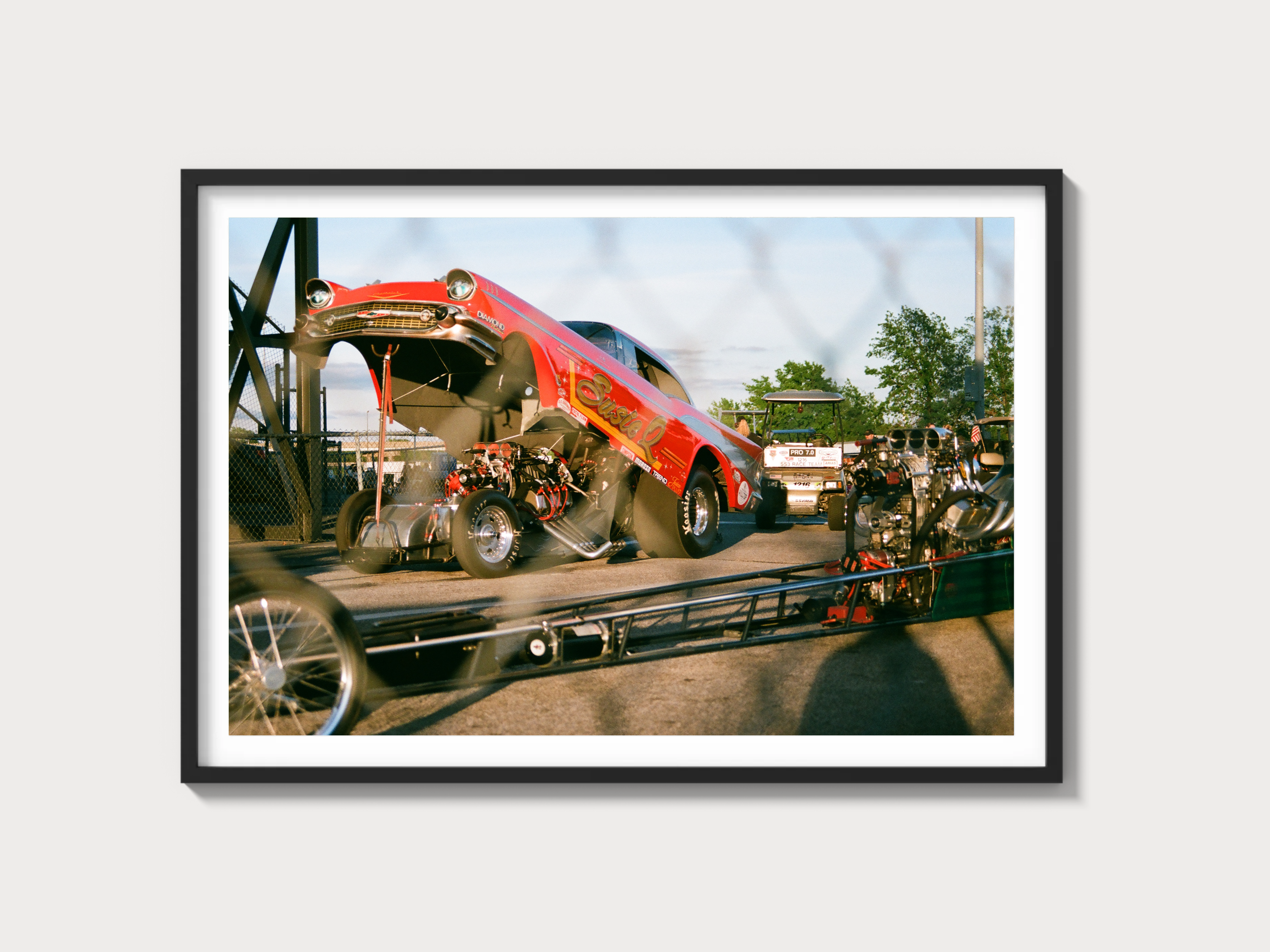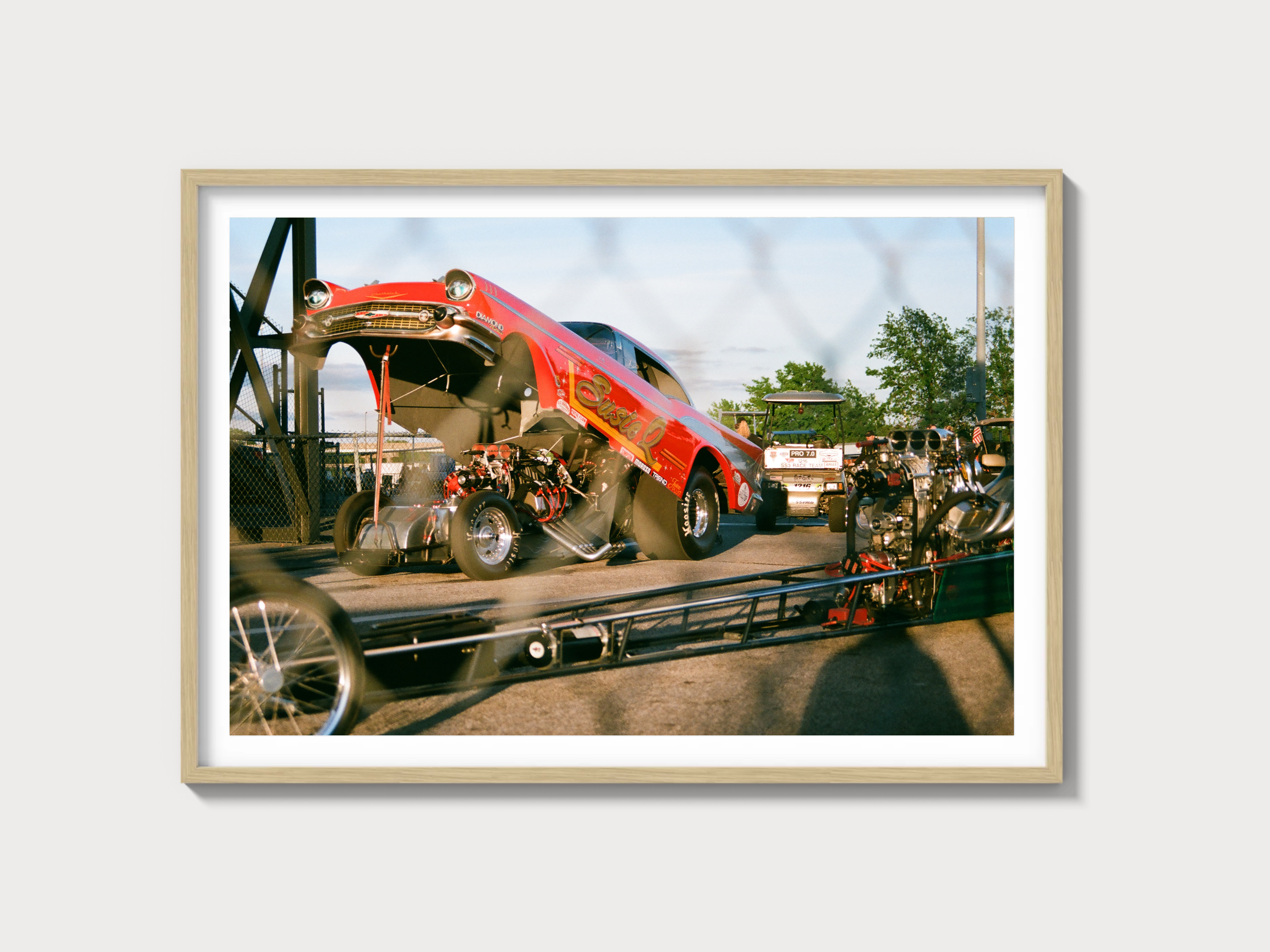Chevrolet Monte Carlo SS (2000–2007): The Sixth-Gen W-Body, Decoded
Historical Context and Development Background
When Chevrolet revived the Monte Carlo nameplate for the 2000 model year, it did so with an eye toward brand heritage and contemporary NASCAR visibility. The sixth-generation Monte Carlo rode on GM’s second-generation W-body architecture, shared extensively with the Impala and, in spirit, with the outgoing Lumina coupe. The layout remained orthodox front-drive American: a transversely mounted pushrod V6 driving the front wheels through a four-speed automatic—later joined by a small-block V8. Design-wise, the coupe’s long doors, high beltline, and pushed-forward greenhouse nodded to aero-era stock cars, while the interior packaging mirrored its Impala sibling for day-to-day usability.
Corporate pragmatism defined engineering choices: proven 3800 Series II power, substantial parts commonality, and broad dealership support. Yet Chevrolet’s motorsport program helped shape the showroom car’s identity. In NASCAR’s top series, Monte Carlo-bodied machines were front-line entries throughout the early 2000s, and the street car wore that connection openly via special editions and pace car replicas. Competitors were an eclectic mix—Pontiac’s Grand Prix GTP/GT (coupes early on), Ford’s front-drive Thunderbird was gone by this era, and cross-shop reality included Toyota’s Camry Solara and Chrysler’s Sebring Coupe, plus the Mustang and Camaro/Firebird for buyers willing to trade front-drive civility for rear-drive theatrics.
Engines and Technical Specifications
Three distinct SS powertrains defined the era. Early cars (2000–2003) used the naturally aspirated L36 3800 Series II. For 2004–2005, Chevrolet added the L67 supercharged variant. The 2006 refresh ushered in the LS4 5.3-liter small-block V8 with Active Fuel Management, the only V8 Monte Carlo SS of the W-body period.
| Model years | Engine configuration | Displacement | Horsepower (SAE net) | Induction type | Redline | Fuel system | Compression ratio | Bore x Stroke |
|---|---|---|---|---|---|---|---|---|
| 2000–2003 SS | 90° OHV V6 (L36, 3800 Series II) | 3.8 L (3791 cc) | 200 hp @ 5200 rpm; 225 lb-ft @ 4000 rpm | Naturally aspirated | ~5800 rpm limiter | Sequential multi-port injection (SFI) | 9.4:1 | 3.80 in x 3.40 in (96.5 x 86.4 mm) |
| 2004–2005 SS Supercharged | 90° OHV V6 (L67, 3800 Series II) | 3.8 L (3791 cc) | 240 hp @ 5200 rpm; 280 lb-ft @ 3600 rpm | Eaton M90 supercharger | ~5800 rpm limiter | Sequential multi-port injection (SFI) | 8.5:1 | 3.80 in x 3.40 in (96.5 x 86.4 mm) |
| 2006–2007 SS (LS4) | 90° OHV V8 (Gen IV LS4, AFM) | 5.3 L (5328 cc) | 303 hp @ 5600 rpm; 323 lb-ft @ 4400 rpm | Naturally aspirated | ~6000 rpm limiter | Sequential multi-port injection (SFI) | ~9.9:1 | 3.78 in x 3.62 in (96.0 x 92.0 mm) |
All SS models used GM’s 4T65-E family four-speed automatic; supercharged and LS4 variants employed heavy-duty calibrations. Final-drive ratios and tire ratings influenced governed top speed. Front brakes were vented discs with ABS; rears transitioned from drums on early cars to discs across later high-spec trims, varying by equipment package.
Driving Experience and Handling Dynamics
The SS is a study in torque-rich accessibility. The L36 cars deliver relaxed, long-legged pace—quiet and unfussed at highway speed, with notable midrange pull. L67 supercharged cars add a layer of urgency and a faint supercharger whine; they also benefit from more assertive shift logic. The LS4 V8 rewrites the character: deeper reserves from low rpm, effortless passing, and an unmistakable small-block thrum filtered through front-drive packaging.
Steering is light but accurate, with typical W-body traits: some isolation just off-center and trustworthy on-center tracking at speed. Understeer is the primary balance, mitigated in SS trims by firmer springs, specific damping, and larger anti-roll bars versus non-SS models. The chassis prefers smooth inputs—hustle it and the car responds honestly, but weight transfer management is key. Torque steer is modest on the L36, more noticeable on L67 and LS4 cars when provoked, particularly on uneven surfaces. Brake feel is progressive, with decent thermal capacity for street use; high-performance pads tighten responses without upsetting ABS cadence.
The gearbox’s calibration evolved. Early cars use straightforward shift scheduling; supercharged models introduced more aggressive programming and Performance Algorithm Shifting logic under sustained throttle. The LS4’s calibration exploits the V8’s torque curve, short-shifting under part load and holding gears when pressing on. Throttle response is clean and immediate on cable-throttle cars; later drive-by-wire LS4 models are well-tuned and integrate seamlessly with Active Fuel Management cylinder deactivation during steady-state cruising.
Full Performance Specifications
Factory ratings and period instrumented tests provide the following representative performance. Figures varied with tire spec, equipment, and test conditions.
| Model years / variant | 0–60 mph | Quarter-mile | Top speed | Curb weight | Layout | Brakes | Suspension | Gearbox |
|---|---|---|---|---|---|---|---|---|
| 2000–2003 SS (L36 V6) | ~7.5–8.0 s | ~15.7–16.1 s @ ~88–90 mph | Governed; typical ~125–130 mph | ~3,350–3,450 lb | Front-engine, FWD | Front vented discs; rear drums or discs (ABS) | Front MacPherson strut; rear independent tri-link | 4-speed automatic (4T65-E) |
| 2004–2005 SS Supercharged (L67) | ~6.6–7.0 s | ~15.0–15.3 s @ ~92–94 mph | Governed; typical ~138–140 mph | ~3,450–3,520 lb | Front-engine, FWD | 4-wheel discs (ABS); HD calibration | Front MacPherson strut; rear independent tri-link | 4-speed automatic (4T65-E HD) |
| 2006–2007 SS (LS4 V8) | ~5.6–5.9 s | ~14.2–14.5 s @ ~97–99 mph | Governed; typical ~148–150 mph | ~3,500–3,560 lb | Front-engine, FWD | 4-wheel discs (ABS); performance tuning | Front MacPherson strut; rear independent tri-link | 4-speed automatic (4T65-E HD) |
Variant Breakdown
Chevrolet offered the SS across three mechanical eras, supplemented by NASCAR-flavored appearance editions and official pace car replicas. GM did not publish comprehensive, audited production totals for each SS powertrain subset by model year; limited-edition counts were announced per package, but consolidated figures vary by source. The table below focuses on key differences collectors consider.
| Variant | Model years | Production | Powertrain | Key differences | Notes |
|---|---|---|---|---|---|
| SS (L36) | 2000–2003 | Not separately published | 3.8L V6, 200 hp; 4T65-E | Body kit, SS fascias, sport suspension, unique wheels, available rear disc brakes by package | Baseline SS of the generation; numerous appearance packages |
| SS Supercharged (L67) | 2004–2005 | Not separately published | 3.8L V6 SC, 240 hp; 4T65-E HD | Eaton M90, boost-specific calibration, larger wheels/tires, unique badging | Often identified by “Supercharged” scripts and dual exhaust finishers |
| SS (LS4 V8) | 2006–2007 | Not separately published | 5.3L V8, 303 hp; 4T65-E HD | Revised front/rear fascias, quad exhaust tips, V8 badging, interior refresh | Only V8-powered W-body Monte Carlo |
| NASCAR Signature Editions & Pace Car Replicas | Select years | Limited runs; published per package | Based on SS (L36/L67) | Special colors/graphics, driver signatures, numbered plaques, unique wheels | Collector appeal hinges on originality and documentation |
Ownership Notes: Maintenance, Parts, and Restoration
- Powertrain durability: The 3800 Series II is renowned for longevity with routine care. Monitor lower intake manifold gaskets and upper intake (plenum) components for coolant-related degradation; address promptly to prevent cross-contamination.
- Supercharged specifics: L67 snout coupler wear can cause a rattle at idle—an inexpensive service item. Use the correct supercharger oil and observe replacement intervals when servicing.
- LS4 considerations: Active Fuel Management lifter issues, exhaust manifold bolt breakage, and oil consumption can arise. Regular oil changes with the correct spec and attentive PCV service help. Watch transmission health; the 4T65-E HD is robust in stock tune, but V8 torque and heat demand diligent fluid service.
- Transmission service: Fresh fluid and filter at sensible intervals (more frequently under severe use) preserves shift quality. Pressure control solenoid wear can manifest as harsh or flared shifts; proper diagnosis avoids unnecessary rebuilds.
- Chassis and steering: Intermediate steering shaft “clunk,” front wheel hub/bearing wear, and rear trailing arm bushings are common W-body items. None are exotic to remedy, and parts are widely available.
- Brakes and tires: The platform responds well to quality pads and tires. Ensure tire speed ratings match factory calibrations to avoid unexpected top-speed limit behaviors.
- Cooling system: Maintain Dex-Cool by the book. Contaminated or neglected coolant accelerates gasket and plastic component aging.
- Rust watchpoints: Rear wheel arches, rocker panel ends, and subframe mounts in road-salt climates deserve careful inspection.
- Parts availability: Excellent interchange with Impala and other W-bodies keeps costs rational. Trim-specific SS fascia and limited-edition graphics are the harder items to source in good condition.
- Restoration difficulty: Mechanicals are straightforward. The challenge is often cosmetic correctness on appearance packages and finding unmolested cars with intact documentation.
Cultural Relevance and Motorsport Tie-In
The sixth-gen SS traded as much on NASCAR theater as on raw performance. Chevrolet’s Monte Carlo-bodied stock cars were fixtures in the sport throughout the early 2000s, and that visibility flowed back to the showroom via pace car replicas and driver-themed editions. Period advertising leaned into the connection, and the car’s silhouette became part of the era’s American motorsport vernacular.
Collector sentiment favors low-mile SS Supercharged and LS4 V8 cars, especially in original paint with unmodified wheels and intact exhaust. Documented limited editions with factory paperwork command premiums. Auction outcomes typically place exceptional, low-mile examples above equivalent driver-grade cars, with the rarest appearance packages drawing the widest spreads. Provenance, mileage, and option integrity matter more than absolute build numbers.
FAQs
What engines did the 2000–2007 Monte Carlo SS use?
Three factory SS powertrains: the L36 3.8L V6 (2000–2003), the L67 3.8L supercharged V6 (2004–2005), and the LS4 5.3L V8 with Active Fuel Management (2006–2007).
How quick is the LS4 V8 Monte Carlo SS?
Period instrumented tests commonly recorded 0–60 mph in the high-fives and quarter-miles in the low- to mid-14s, with an electronically limited top speed typically just under the 150 mph mark, depending on tire rating and calibration.
Is the LS4 Monte Carlo SS front-wheel drive?
Yes. All sixth-gen Monte Carlo SS models are front-wheel drive. The LS4 V8 is mounted transversely and paired with a strengthened 4T65-E four-speed automatic.
Known problems to check before buying?
- 3800 V6: Lower/upper intake manifold gasket issues, coolant leaks, and aged plastic plenum components. Listen for accessory and supercharger snout noises on L67.
- Transmission: Harsh or erratic shifts from a worn pressure control solenoid; overdue fluid; heat-related wear.
- LS4 V8: AFM lifter tick/failure, broken exhaust manifold bolts, and oil consumption.
- Chassis: Steering intermediate shaft clunk, front hub/bearing play, rear suspension bushings, and corrosion at wheel arches/rockers in salt regions.
Are parts hard to find?
No. Mechanical parts are widely available thanks to W-body commonality. Trim-specific SS fascias, wheels, and limited-edition graphics are scarcer and drive restoration cost.
What distinguishes the SS Supercharged from the regular SS?
The 2004–2005 SS Supercharged adds an Eaton M90 blower to the 3.8L V6 (240 hp vs. 200 hp), heavy-duty 4T65-E calibration, uniquely badged exterior, and typically larger wheels/tires. It feels noticeably stronger at midrange speeds and shifts more assertively.
Does the sixth-gen SS have a timing belt?
No. All engines (L36, L67, LS4) use timing chains.
How collectible are NASCAR appearance editions?
They appeal to marque and motorsport enthusiasts when complete and original. Documentation, condition of graphics, and mileage determine value; mechanical specification is otherwise similar to the SS on which they’re based.
Bottom Line
The sixth-generation Monte Carlo SS is quintessential late-era American front-drive performance: dependable pushrod power, honest speed, and big-mile comfort wrapped in NASCAR-flavored styling. The L36 cars are the value play, the L67 delivers the classic supercharged 3800 experience, and the LS4 V8 is the range-topper for outright pace. Buy on condition and completeness, and the SS rewards with easy ownership and a uniquely American flavor of grand touring.




